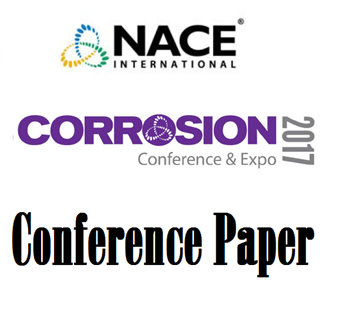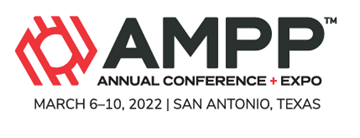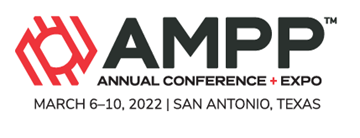Search
Review Of Techniques To Evaluate SCC Susceptibility Of Carbon Steels Used In Construction Of Nuclear Waste Tanks
Also Purchased
Methods of Monitoring Reinforced Concrete Corrosion in Formulations for Nuclear Facilities
Product Number:
51317--9154-SG
ISBN:
9154 2017 CP
Publication Date:
2017
$20.00
Rethinking Sulfide Stress Cracking (SSC) Resistance Super Martensitic Stainless Steel (SMSS-13Cr) Bar Stock With 95 Ksi MY
Product Number:
51322-17614-SG
Publication Date:
2022
$20.00
Revisiting The Anodic Dissolution Of Pure Iron In Strong Acid: Replication Of Bockris’ Estimation Of Butler-Volmer
Product Number:
51322-17681-SG
Publication Date:
2022
$20.00




